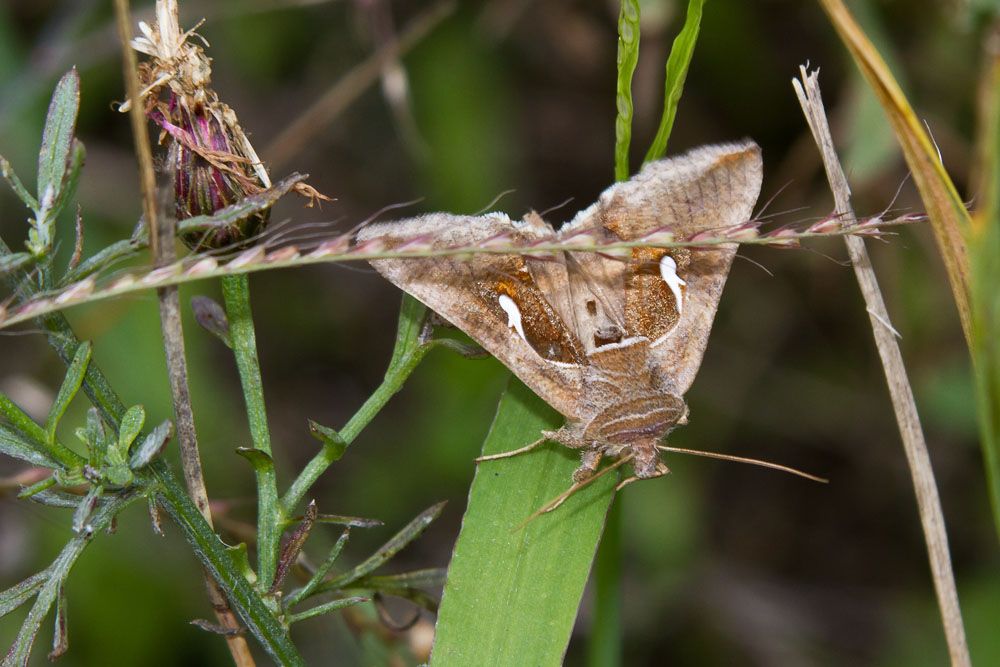
Celery Looper – Anagrapha falcifera
Celery Looper
Scientific Name: Anagrapha falcifera
Common Name: Celery looper
Appearance: Celery looper is a brownish-grey moth with a wingspan of 35 to 40 mm. The forewings have brown coloured patches with a silvery stripe ending at a red spot. Its larva is initially pale-green in colour, with white lines running on the sides and black spiracles running down the back. Additionally, it also features thoracic legs as well as mid-abdominal prolegs.
Host Plants or Food: Celery looper is a herbivorous insect that feeds on several low-lying plants such as beets, blueberries, corn, cabbage, carrots and a lot more. The adult loopers also feed on nectar from flowers.
Territory: Throughout North America, Western USA, Eastern USA
Mode of Damage: The larva is exclusively a leaf-chewer and damages the crops by feeding on the foliage. The adults prove to be beneficial garden insects, given their ability to pollinate through the nectar.
Habits and Life History:
Celery looper is found in open green spaces, such as meadows, fields, grasslands and gardens.
The adult celery loopers are attracted to light at night but are active throughout both day and night.
They lay eggs, giving rise to a pale-green larva which feeds on the plants. Once it is done, it overwinters in the ground as a pupa.
The adults emerge from the larva in the spring when the temperature is above 10 degrees celsius.
It may produce multiple generations per year.
